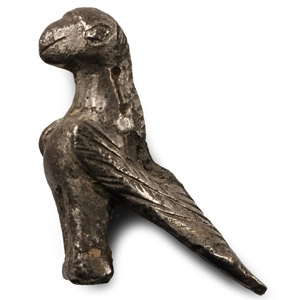Home > Auctions > 4 June - 8 June 2024
Ancient Art, Antiquities, Natural History & Coins
Auction Highlights:
From the collection of a late East Anglian teacher and antiquarian who retired to the Isle of Wight in Hampshire, UK.
He amassed a large collection of objects between the 1960s-1980s.
Accompanied by a previous catalogue identification card.
See Sarnowski, T., 'Die Ziegelstempel aus Novae' in Archaeologia, Warszawa, 1983, 43, pp.17-61; Kurzmann, R., 'Soldier, Civilian and Military Brick Production' in Oxford Journal of Archaeology, 24 (4), 2005, pp.405-414.
The Legio I Italica ("of Italy") was a Roman legion formed by Nero on September 20, 66 or 67 AD and active until the 5th century AD. Its emblems were the boar and sometimes the bull. There are many sources which name army officials employed in supervision of the construction and reconstruction of temples, baths, city walls, towers and gates. CIL VIII 2728, for example, is a letter by evocatus Augusti who was sent to solve engineering problems on a badly surveyed aqueduct at Saldae in the province of Numidia. Pliny (Epistulae X 17b, 39, 41, 61) repeatedly requested an army architect to be sent from Lower Moesia to help inspect some Bithynian building projects. Therefore it is not strange that tiles marked as belonging to a legion should be found all over the provinces.
Found UK.
From the collection of a late East Anglian teacher and antiquarian who retired to the Isle of Wight in Hampshire, UK.
He amassed a large collection of objects between the 1960s-1980s.
London private collection, acquired between 1979-1983.
Found UK.
From the collection of a late East Anglian teacher and antiquarian who retired to the Isle of Wight in Hampshire, UK.
He amassed a large collection of objects between the 1960s-1980s.
Acquired on the London, UK, art market in the 1990s.
Ex London, UK, gallery.
From the property of late Mr SM, London, UK, 1969-1999.
Ex German art market, 2000s.
Acquired from an EU collector living in London.
From the collection of Surrey, UK, gentleman.
From a Swiss collection, 1980s onwards.
Property of a North London, UK, gentleman.
IAΩ is a Greek transliteration of the Hebrew 'הוה the four-letter name of God.
From the H.N. collection, Milton Keynes, Berkshire, UK, 1990s.
From an old UK collection.
Acquired from Red House Antiques, York, 2010.
Ian Wilkinson collection, Nottinghamshire, UK.
Cf. Fremersdorf, F., ‘Spätrömische Bronzegefäße aus Köln’ in Germania: Anzeiger der Römisch-Germanischen Kommission des Deutschen Archäologischen Instituts, Vol. 12, Nº. 4, 1928, pp. 173-177, fig.3, for similar.
These bronze vessels were typical of the Late Roman Empire. They were direct forerunners of the Frankish types. They often had Christian inscriptions and have been found with silver spoons for liturgical use.
Acquired 1980-2015.
Ex Abelita family collection.
Acquired 1960s-1990s.
From the late Alison Barker collection, a retired London barrister.
625 - 636 of 2809 LOTS

.jpg)

.jpg)
.jpg)
.jpg)
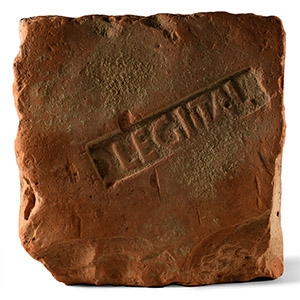
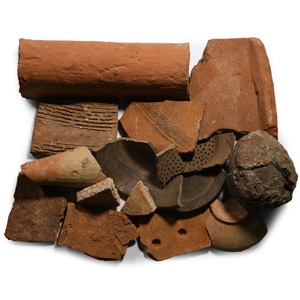
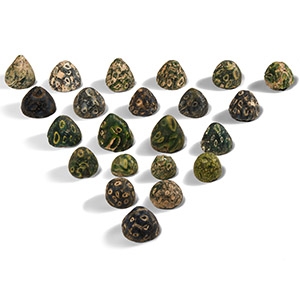
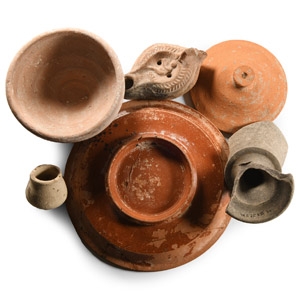
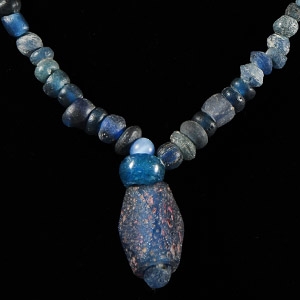
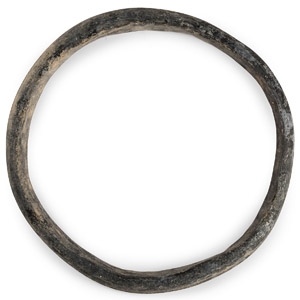
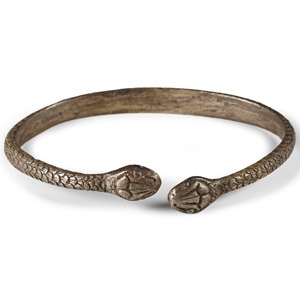
.jpg)



